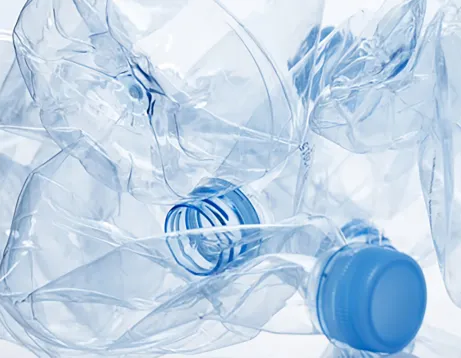Physical Treatment of Wastewater A Key Component in Water Management
The physical treatment of wastewater is an essential process in the broader scope of water management and environmental protection. It involves the removal of physical contaminants from wastewater through various methods that do not alter the chemical or biological characteristics of the wastewater. This preliminary step is crucial for ensuring that the water can be treated effectively in subsequent stages, such as biological and chemical treatments.
One of the primary methods of physical treatment is sedimentation, which takes advantage of the gravitational settling of solids. This process involves allowing wastewater to sit in large tanks, where heavier particles settle to the bottom, forming sludge. This not only reduces the concentration of solids in the effluent but also prepares the solids for further processing, such as anaerobic digestion or dewatering.
Another common physical treatment technique is filtration, which removes suspended particles from wastewater. Filtration systems can range from simple sand filters to more complex membrane filters, which can effectively trap minute particles and pathogens. The choice of filtration method depends on the desired quality of the effluent and the specific contaminants present in the wastewater.
physical treatment of wastewater

Screening is another crucial physical treatment method. It involves using various types of screens to remove larger debris, such as plastics, leaves, and other solid waste, from the wastewater. Screening protects downstream equipment from damage and clogging, ensuring the smooth operation of the treatment facility.
The use of flotation is also prominent in physical treatment processes. Dissolved air flotation (DAF) can separate fine particles, including oils and greases, from wastewater. In this method, air is dissolved in the water under pressure and then released at atmospheric pressure, forming bubbles that attach to the particles, causing them to rise to the surface for removal.
While the physical treatment of wastewater is often viewed as a preliminary step, its effectiveness is critical for the optimal operation of subsequent treatment processes. The quality of treated effluent can significantly affect the health of aquatic ecosystems and the safety of water reused for agricultural or recreational purposes.
In conclusion, physical treatment methods play a vital role in the overall wastewater treatment process. By employing techniques such as sedimentation, filtration, screening, and flotation, facilities can efficiently reduce physical contaminants and prepare wastewater for advanced treatment stages. As the demand for water continues to rise, innovative approaches to physical treatment will be essential in ensuring sustainable water management and protecting our natural water resources.

